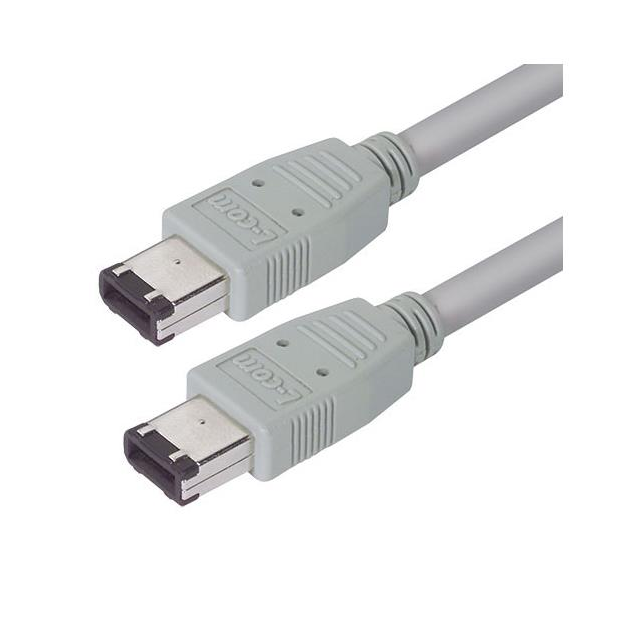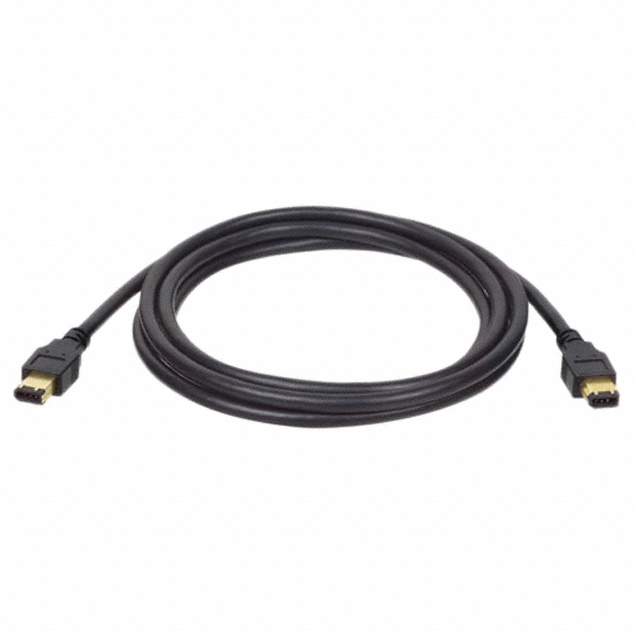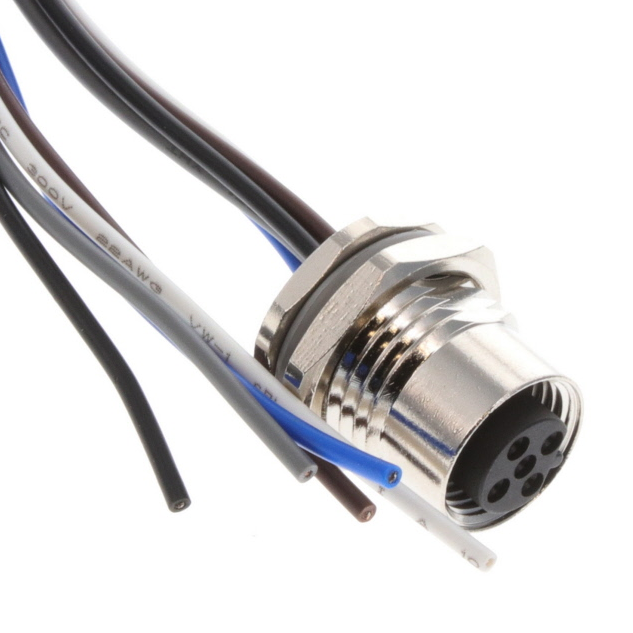Keeping progressing, Pursuing integrity, Embracing future
Common cable faults and their troubleshooting methods mainly include the following:
Open circuit fault:
This type of fault usually refers to the resistance value between cables or between cables and ground being within the specified range, but the actual working voltage cannot be transmitted to the terminal, or the voltage transmitted to the terminal cannot be loaded. The troubleshooting methods include using an insulation resistance meter to measure the insulation resistance between wire cores and between wire cores and ground, as well as conducting a "conduction test" to determine if a wire break has occurred
.
Low resistance fault:
When the insulation between cables or the insulation between cables and ground is damaged, the insulation resistance of the cable will decrease, forming a low resistance fault. The troubleshooting method can be measured using the low-voltage pulse reflection method
.
High resistance fault:
When the insulation resistance between cables or between cables and the ground is much lower than the normal value, but greater than ten times the characteristic impedance of the cable, it is called a high resistance fault. The troubleshooting method usually does not use low-voltage pulse reflection method, but adopts direct flashing method, impulse flashing method, secondary pulse method, etc. based on the specific nature of high impedance faults
.
Flashover fault:
Flashover faults generally exist inside the joint, with a resistance greater than 100 kiloohms at the fault point, but the value varies greatly. The troubleshooting method can be tested using the DC flashover method
.
Mechanical damage:
Due to excessive tension, excessive bending, or direct external force acting on the cable during cable laying, it may cause mechanical damage to the cable. The troubleshooting method includes direct observation, which preliminarily determines whether there is a fault in the circuit by observing whether there is any damage, discoloration, burning or other phenomena on the appearance of the circuit
.
Insulation moisture:
Moisture in cable insulation can lead to a decrease in insulation performance. The troubleshooting method includes using humidity detection instruments to check the humidity level of the cable.
Overload operation:
When cables are operated under overload for a long time, they may experience overheating, accelerate cable aging, and even penetrate weak insulation areas of the cable. The troubleshooting method includes monitoring the operating temperature and load condition of the cable.
Cable joint failure:
Cable joints may malfunction due to manufacturing defects or aging. The troubleshooting methods include visual inspection and electrical testing of the joints.
Environmental and temperature effects:
Cables may malfunction in harsh environments or with significant temperature changes. The troubleshooting method includes checking the cable laying environment and temperature control measures.
Aging of cable body and natural disasters:
Cable aging or natural disasters such as floods and earthquakes may cause cable failures. The troubleshooting method includes regularly checking the aging degree of the cable and the damage situation after natural disasters.
For the above-mentioned faults, troubleshooting methods usually include resistance bridge method, inductive flashover discharge acoustic measurement method, audio method, etc
Inquiry
LATEST BLOGS
INQUIRY
RELATED PRODUCTS
 How to evaluate the lifespan of wiring harnessesRCD has over a decade of experience in the assembly of cables and connectors required for outdoor harsh environment equipment.
How to evaluate the lifespan of wiring harnessesRCD has over a decade of experience in the assembly of cables and connectors required for outdoor harsh environment equipment. What is the best practice for wiring harness routingRCD has over a decade of experience in the assembly of cables and connectors required for outdoor harsh environment equipment.
What is the best practice for wiring harness routingRCD has over a decade of experience in the assembly of cables and connectors required for outdoor harsh environment equipment. What factors need to be considered in wire harness designRCD has over a decade of experience in the assembly of cables and connectors required for outdoor harsh environment equipment.
What factors need to be considered in wire harness designRCD has over a decade of experience in the assembly of cables and connectors required for outdoor harsh environment equipment.




